Home>Furniture>Bedroom Furniture>How To Upholster A Bed Frame
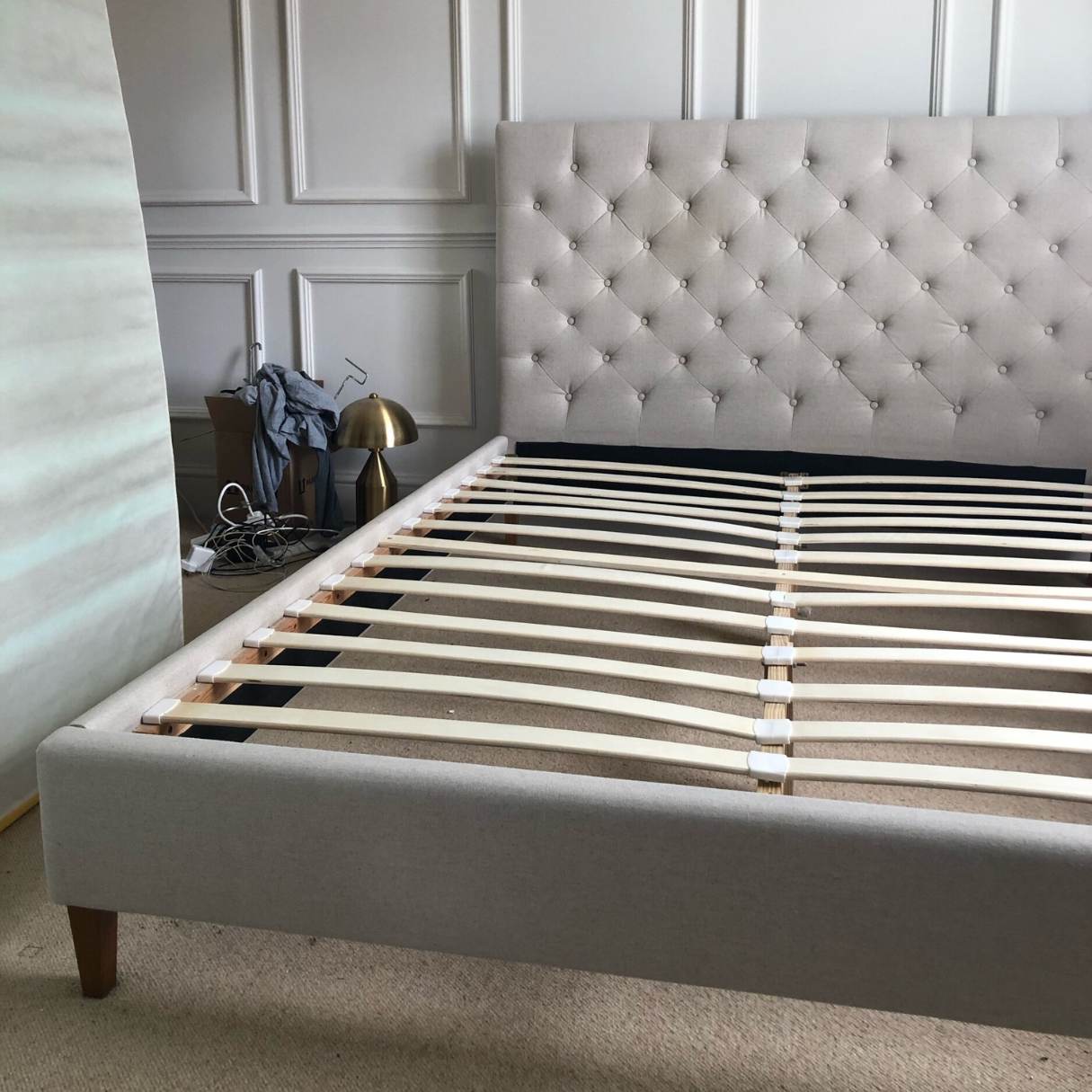

Bedroom Furniture
How To Upholster A Bed Frame
Modified: March 1, 2024
Learn how to upholster a bed frame and add a stylish touch to your bedroom furniture collection. Step-by-step instructions and tips for a professional finish.
(Many of the links in this article redirect to a specific reviewed product. Your purchase of these products through affiliate links helps to generate commission for Storables.com, at no extra cost. Learn more)
Introduction
Welcome to the ultimate guide on how to upholster a bed frame. If you’re looking to refresh the look of your bedroom or simply want to add a personal touch, upholstering your bed frame is a fantastic DIY project that can transform the entire space. Not only will it provide a stylish and cozy atmosphere, but it will also give you the opportunity to showcase your creativity and personal taste.
Upholstering a bed frame may sound intimidating, but fear not! With the right tools, materials, and a step-by-step approach, you’ll be able to achieve professional-looking results without breaking the bank. In this article, we’ll take you through the process, from removing the old upholstery to adding the finishing touches. So, let’s grab our tools and get started!
Before we begin, let’s review the tools and materials you’ll need:
- Staple gun
- Fabric scissors
- Upholstery fabric of your choice
- Staples
- Measuring tape
- Foam padding (optional)
- Corner braces and screws (if needed)
Now that we have everything we need, let’s dive into the step-by-step process and transform your bed frame into a stunning centerpiece.
Key Takeaways:
- Transform your bedroom with a DIY upholstered bed frame, showcasing your creativity and personal taste while achieving professional-looking results without breaking the bank.
- Create a cozy and stylish sleeping sanctuary by upholstering your bed frame, following a step-by-step guide that covers everything from removing old upholstery to adding optional padding for extra comfort.
Read more: What Is An Upholstered Bed Frame
Tools and Materials Needed
Before you begin upholstering your bed frame, it’s important to gather all the necessary tools and materials. Here’s a list of what you’ll need:
- Staple gun: A staple gun is essential for attaching the upholstery fabric to the bed frame securely. Make sure to choose a staple gun that is appropriate for the thickness of your bed frame and upholstery fabric.
- Fabric scissors: Fabric scissors are specifically designed to cut through upholstery fabric neatly and accurately. Having a sharp pair of fabric scissors will make the cutting process much easier.
- Upholstery fabric of your choice: The upholstery fabric is the star of the show. Choose a fabric that matches your bedroom’s style and color scheme. Consider the durability and texture of the fabric as well, as it needs to be able to withstand regular use and provide a comfortable surface.
- Staples: High-quality staples are crucial for securing the fabric to the bed frame. Opt for staples that are long enough to penetrate through the fabric and into the frame for a sturdy hold.
- Measuring tape: Accurate measurements are essential to ensure the fabric fits properly. A measuring tape will help you determine the dimensions for cutting the upholstery fabric.
- Foam padding (optional): If you want to add extra comfort to your bed frame, consider adding foam padding. This will create a plush surface for restful nights of sleep. Make sure to choose foam padding that is thick enough to provide adequate comfort.
- Corner braces and screws (if needed): Depending on the condition of your bed frame, you may need corner braces and screws to reinforce and stabilize the structure. Check the stability of the frame and make any necessary repairs before upholstering.
Having these tools and materials prepared will ensure a smooth and successful upholstering process. Now that you’re ready to proceed, let’s move on to the next step: removing the old upholstery.
Step 1: Remove the Old Upholstery
The first step in upholstering your bed frame is to remove the old upholstery. This is necessary to start with a clean and fresh surface for the new fabric. Follow these steps to remove the old upholstery:
- Remove the mattress and bedding from the bed frame to access the upholstery.
- Inspect the bed frame to see how the existing upholstery is attached. Look for any screws, staples, or adhesive that may be securing it.
- Using a screwdriver, carefully remove any screws or hardware that are holding the upholstery in place.
- If the upholstery is held in place with staples, use a staple remover or a flat-head screwdriver to lift and remove them.
- Slowly pull away the old upholstery fabric, being careful not to tear it. If there are any stubborn areas, you can use a pair of pliers to assist in pulling out staples or adhesive.
- Once the old upholstery is completely removed, inspect the bed frame for any damages or repairs that may need to be addressed before moving forward.
Removing the old upholstery may take some time and effort, depending on how it was attached. Take your time and be patient, ensuring that you remove all traces of the old fabric.
Now that the old upholstery is removed, you have a blank canvas ready for the new fabric. In the next step, we will measure and cut the upholstery fabric to fit your bed frame perfectly.
Step 2: Measure and Cut the New Upholstery Fabric
Now that you have a clean bed frame, it’s time to measure and cut the new upholstery fabric. Accurate measurements are crucial to ensure that the fabric fits properly and looks seamless. Follow these steps to measure and cut the fabric:
- Start by measuring the length and width of each section of the bed frame where the upholstery will be placed. Use a measuring tape to get precise measurements.
- Add a few inches to each measurement to allow for wrapping the fabric around the frame and securing it. This extra fabric will ensure a tight and professional-looking finish.
- Transfer the measurements onto the upholstery fabric, using a fabric chalk or marker. Make sure the fabric is laid out flat and straight before marking.
- Double-check your measurements and make any adjustments if needed. It’s always better to measure twice and cut once to avoid wasting fabric.
- Using fabric scissors, carefully cut along the marked lines to create the individual fabric pieces for each section of the bed frame.
As you cut the fabric, be mindful of its pattern and orientation, especially if you’re using a fabric with a specific design. Ensure that all pieces are cut in the same direction to maintain consistency in the final look.
Once you have all the fabric pieces cut, set them aside and keep them organized, making it easier for the next step. In the following step, we will attach the upholstery fabric to the bed frame.
Step 3: Attach the Upholstery Fabric to the Bed Frame
Now that you have the fabric pieces cut to the appropriate size, it’s time to attach them to the bed frame. The method of attachment will depend on the style of your bed frame and personal preference. Follow these steps to attach the upholstery fabric:
- Start with the largest piece of fabric that will cover the main surface of the bed frame. Begin by centering it over the frame and smooth out any wrinkles or creases.
- Using a staple gun, start at one corner of the fabric and secure it to the frame with a staple. Be sure to pull the fabric taut before stapling to create a smooth and wrinkle-free surface.
- Move to the opposite corner and staple it in place. Repeat this process for the remaining corners to ensure that the fabric is evenly tensioned.
- Continue stapling the fabric along the edges, spacing the staples approximately 6 to 8 inches apart. Pull the fabric taut as you go to maintain a neat appearance.
- Work your way around the entire perimeter of the bed frame, stapling the fabric securely in place. If necessary, use additional staples to reinforce any areas that feel loose or may experience more stress.
- Repeat this process for each additional fabric piece that you cut for the other sections of the bed frame.
As you staple the fabric, be careful not to pull it too tightly, as it may distort the pattern or texture. Aim for a snug and smooth fit that enhances the overall aesthetics of your bed frame.
Remember to always double-check the alignment and positioning of the fabric as you move along. This will ensure consistent and professional-looking results.
In the next step, we will secure the fabric tightly and make any necessary adjustments for a clean finish.
Read more: How To Build An Upholstered Bed Frame
Step 4: Secure the Fabric Tightly
After attaching the upholstery fabric to the bed frame, it’s important to ensure that it is securely and tightly in place. This will not only give your bed frame a polished look, but it will also prevent any sagging or shifting of the fabric over time. Follow these steps to properly secure the fabric:
- Starting from one side of the bed frame, pull the fabric tightly towards the center and staple it in place. Repeat this process for the opposite side, pulling the fabric tightly across the frame.
- Continue working your way from side to side, pulling and stapling the fabric tightly along the edges of the bed frame. Make sure the fabric is evenly tensioned to avoid any wrinkles or sagging.
- As you staple, check the front and sides of the bed frame to ensure that the fabric is smooth and wrinkle-free. Adjust the tension if necessary by removing and restapling certain areas.
- If you encounter any areas where the fabric is bulkier or doesn’t lie flat, consider folding or pleating the fabric underneath before stapling. This will create a more seamless and tailored appearance.
- Pay special attention to the corners of the bed frame. Fold the fabric neatly and create crisp corners before securing them with staples. This will give the finished product a professional touch.
- Once you have stapled all around the bed frame, give the fabric a gentle tug to check for any looseness. Make any necessary adjustments by adding additional staples in areas that feel less secure.
When securing the fabric, it’s important to strike a balance between pulling it tightly and avoiding excessive tension that may distort the pattern or texture. Take your time and ensure that the fabric lays smooth and flat across the bed frame.
With the fabric tightly secured, you’re one step closer to completing the upholstering process. In the next step, we’ll discuss the optional step of adding padding for extra comfort.
When upholstering a bed frame, make sure to measure and cut the fabric carefully to ensure a smooth and professional finish. Use a staple gun to secure the fabric tightly and evenly around the frame.
Step 5: Add Padding (Optional)
In this step, we will discuss the optional but highly recommended process of adding padding to your upholstered bed frame. Adding padding not only enhances the comfort of your bed, but it also creates a luxurious and plush surface for a truly cozy sleeping experience. Here are the steps to add padding to your bed frame:
- Measure the dimensions of the bed frame’s surface and cut a piece of foam padding to fit. Make sure the padding is slightly smaller than the fabric’s dimensions to ensure a proper fit.
- Place the foam padding on top of the bed frame, ensuring it is centered and aligned correctly.
- If the foam padding is thicker than the frame’s depth, you may need to trim it down to ensure a flush fit.
- Once the foam padding is properly positioned, secure it to the bed frame using a staple gun. Start by placing a staple in the center of one side, pulling the padding tightly as you staple.
- Work your way around the perimeter of the bed frame, pulling the padding taut and stapling it securely into place. Space the staples approximately 6 to 8 inches apart.
- Continue stapling until you have secured the padding to the entire surface of the bed frame.
Adding padding to your bed frame not only enhances comfort but also provides a plush and inviting appearance. It’s worth the extra effort for a truly luxurious feel.
Now that you have added padding (if desired), we can move on to the next step: finishing the corners and edges for a polished look.
Step 6: Finish the Corners and Edges
Finishing the corners and edges of your upholstered bed frame is an important step to achieve a polished and professional look. Neatly wrapping and securing the fabric in these areas will give your bed frame a seamless appearance. Follow these steps to finish the corners and edges:
- Start with the corners of the bed frame. Fold the excess fabric neatly and tightly to create crisp corners.
- Tuck any loose or excess fabric underneath itself to achieve a clean and seamless finish.
- Secure the folded fabric in place using a staple gun. Place staples on the inside edges of the corners to hide them from sight.
- As you work on the corners, use your fingers or a flat tool to smooth out any wrinkles or folds for a professional-looking result.
- Move on to the edges of the bed frame. Fold the excess fabric over the edges neatly, creating a clean and straight edge.
- Using a staple gun, secure the folded fabric to the underside of the bed frame. Place staples approximately 6 to 8 inches apart for a secure hold.
- Continue folding and stapling the fabric along the edges until you have covered the entire perimeter of the bed frame.
Take your time during this step to ensure that the fabric is neatly folded, without any visible wrinkles or bulges. The goal is to create a seamless and refined finish.
Once you have finished the corners and edges, step back and admire the clean and tailored appearance of your upholstered bed frame. In the next step, we will trim any excess fabric for a neat and tidy final look.
Step 7: Trim Excess Fabric
Now that you have finished securing the fabric to your bed frame, it’s time to trim any excess fabric to achieve a neat and tidy final look. Trimming the excess fabric will enhance the overall aesthetics of your upholstered bed frame. Follow these steps to trim the excess fabric:
- Inspect the perimeter of the bed frame and identify any areas where the fabric extends beyond the edges.
- Using fabric scissors, carefully trim the excess fabric, making sure not to cut too close to the staples or the edge of the frame. Leave a small margin of fabric to ensure a clean and secure finish.
- Trim the excess fabric in small, controlled cuts, moving gradually along the edges of the bed frame.
- Take your time and double-check your cuts to ensure that the fabric is even and smooth all around.
- As you trim, periodically step back and assess the overall appearance to ensure a clean and finished look.
Trimming the excess fabric may seem like a small detail, but it can make a significant difference in the final appearance of your upholstered bed frame. Pay attention to detail and take your time to achieve a professional and refined result.
With the excess fabric trimmed, your upholstered bed frame is nearly complete. In the final step, we will reattach any hardware that was removed earlier and put the finishing touches on your masterpiece.
Read more: What Is An Upholstered Bed
Step 8: Reattach Any Hardware
In the final step of upholstering your bed frame, it’s time to reattach any hardware that was removed earlier in the process. This includes items such as screws, brackets, or decorative elements that give your bed frame its unique style. Follow these steps to reattach the hardware:
- Gather all the hardware that was removed during the initial preparation stage.
- Inspect the bed frame and identify the specific locations where each piece of hardware should go.
- If necessary, clean the hardware to remove any dust or debris before reattaching it to the bed frame.
- Using the appropriate tools (such as a screwdriver or Allen wrench), secure each piece of hardware back in its designated spot on the bed frame.
- Make sure to tighten the hardware securely to ensure stability and prevent any loosening over time.
As you reattach the hardware, pay attention to any specific instructions or diagrams provided by the manufacturer to ensure proper placement.
Once all the hardware is securely reattached, step back and admire your fully upholstered bed frame with its revamped and personalized look.
Congratulations! You have successfully upholstered your bed frame from start to finish. Not only have you transformed your bedroom with a stylish and custom piece of furniture, but you’ve also gained valuable DIY skills along the way.
As you enjoy your newly upholstered bed frame, remember to properly care for and maintain it. Regularly vacuum or dust the fabric to keep it clean, and address any spills or stains promptly to prevent them from setting in.
We hope this guide has been helpful in guiding you through the process of upholstering your bed frame. Now, go ahead and enjoy your cozy and stylish sleeping sanctuary!
Conclusion
Upholstering your bed frame is a rewarding and creative project that can transform your bedroom into a cozy and personalized sanctuary. By following the step-by-step guide outlined in this article, you can achieve professional-looking results without the need for expensive professional services.
From removing the old upholstery to adding the finishing touches, each step is crucial in achieving a polished and stylish bed frame. Taking the time to measure and cut the new upholstery fabric, securely attaching it to the bed frame, and adding optional padding will create a comfortable and inviting surface for restful nights of sleep.
Finishing the corners and edges, trimming the excess fabric, and reattaching any hardware will give your bed frame a refined and completed appearance, presenting a beautiful centerpiece to your bedroom.
Remember to choose upholstery fabric that complements your bedroom’s style and color scheme, and consider the durability and texture of the fabric for long-lasting satisfaction.
With this comprehensive guide and the right tools and materials, you can confidently embark on your DIY upholstering journey. Embrace your creativity, pay attention to detail, and enjoy the process of transforming your bed frame into a unique and personalized piece of furniture.
Now it’s time to relax and appreciate the fruits of your labor. Curl up in your newly upholstered bed frame, surrounded by the cozy and stylish atmosphere you’ve created. Sweet dreams!
Frequently Asked Questions about How To Upholster A Bed Frame
Was this page helpful?
At Storables.com, we guarantee accurate and reliable information. Our content, validated by Expert Board Contributors, is crafted following stringent Editorial Policies. We're committed to providing you with well-researched, expert-backed insights for all your informational needs.
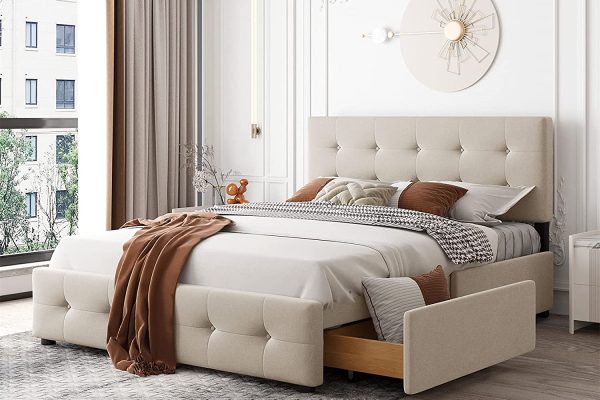
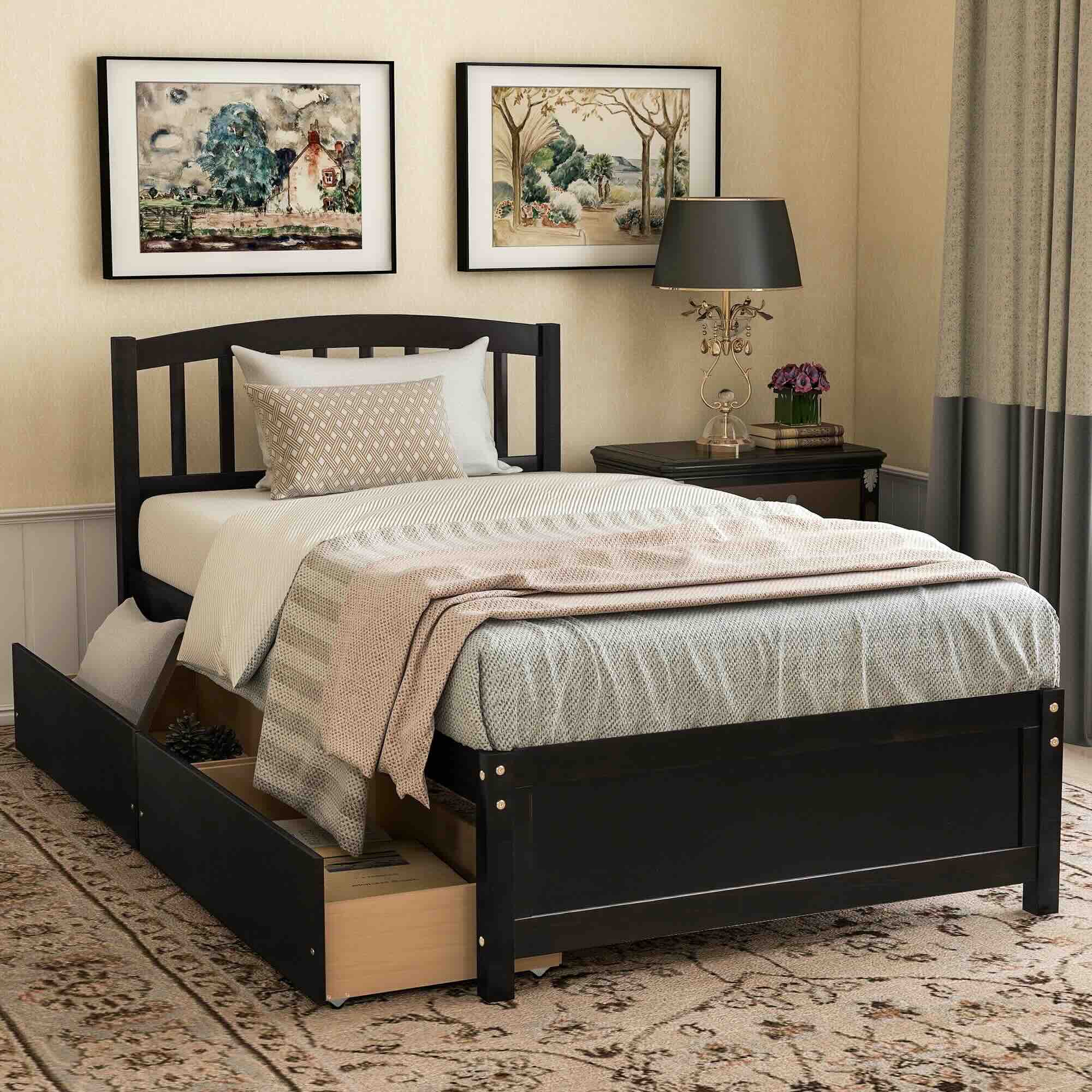
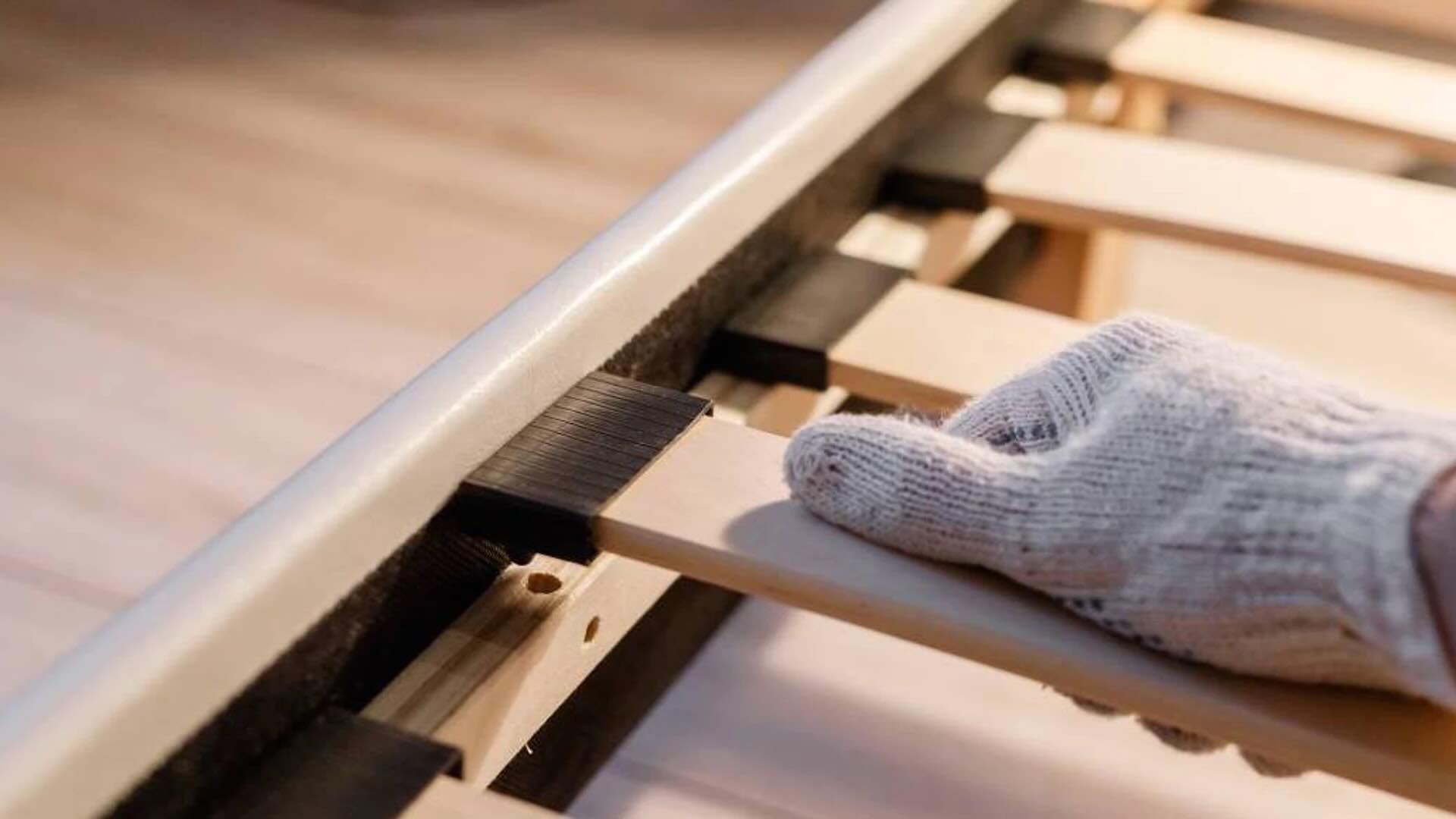
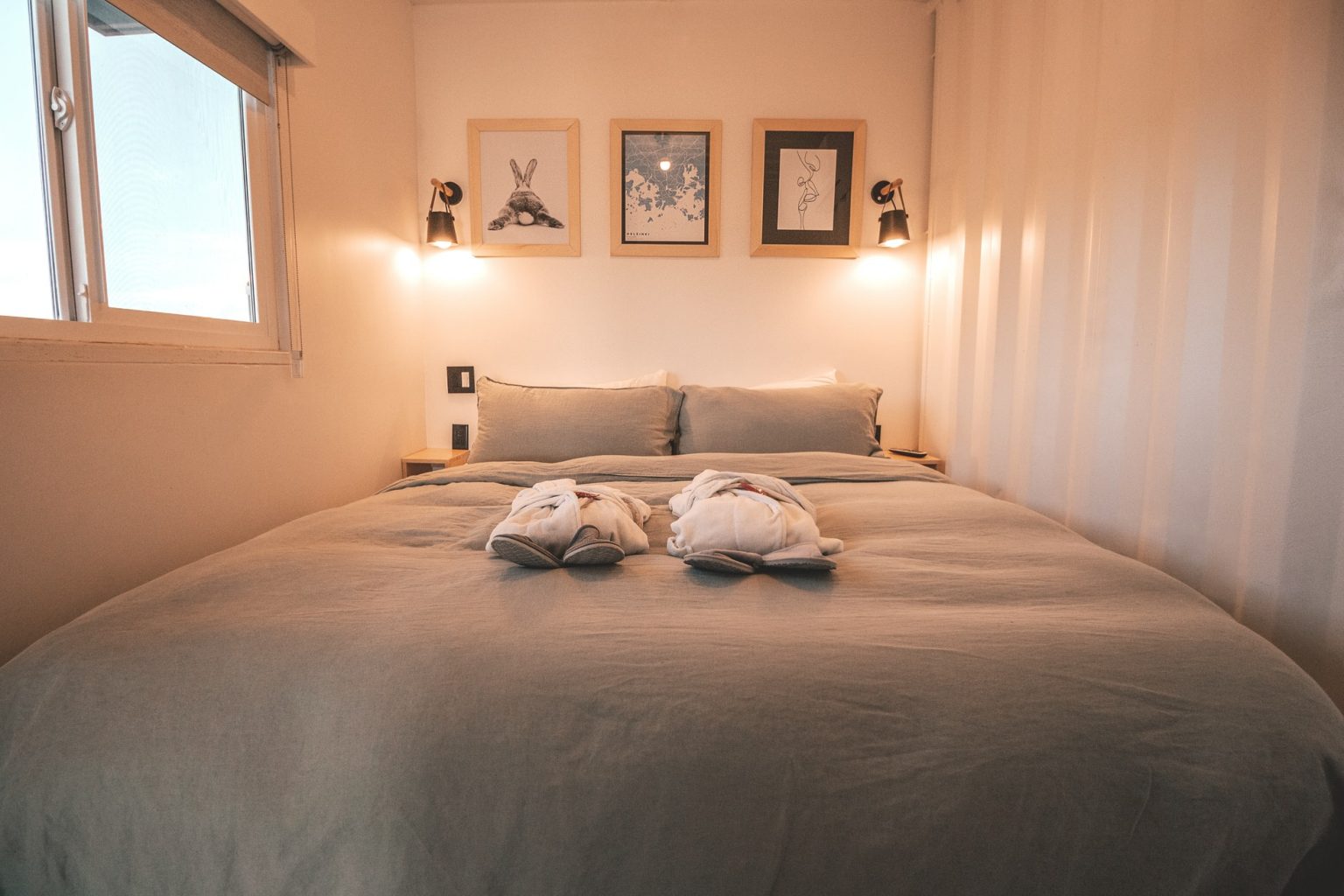
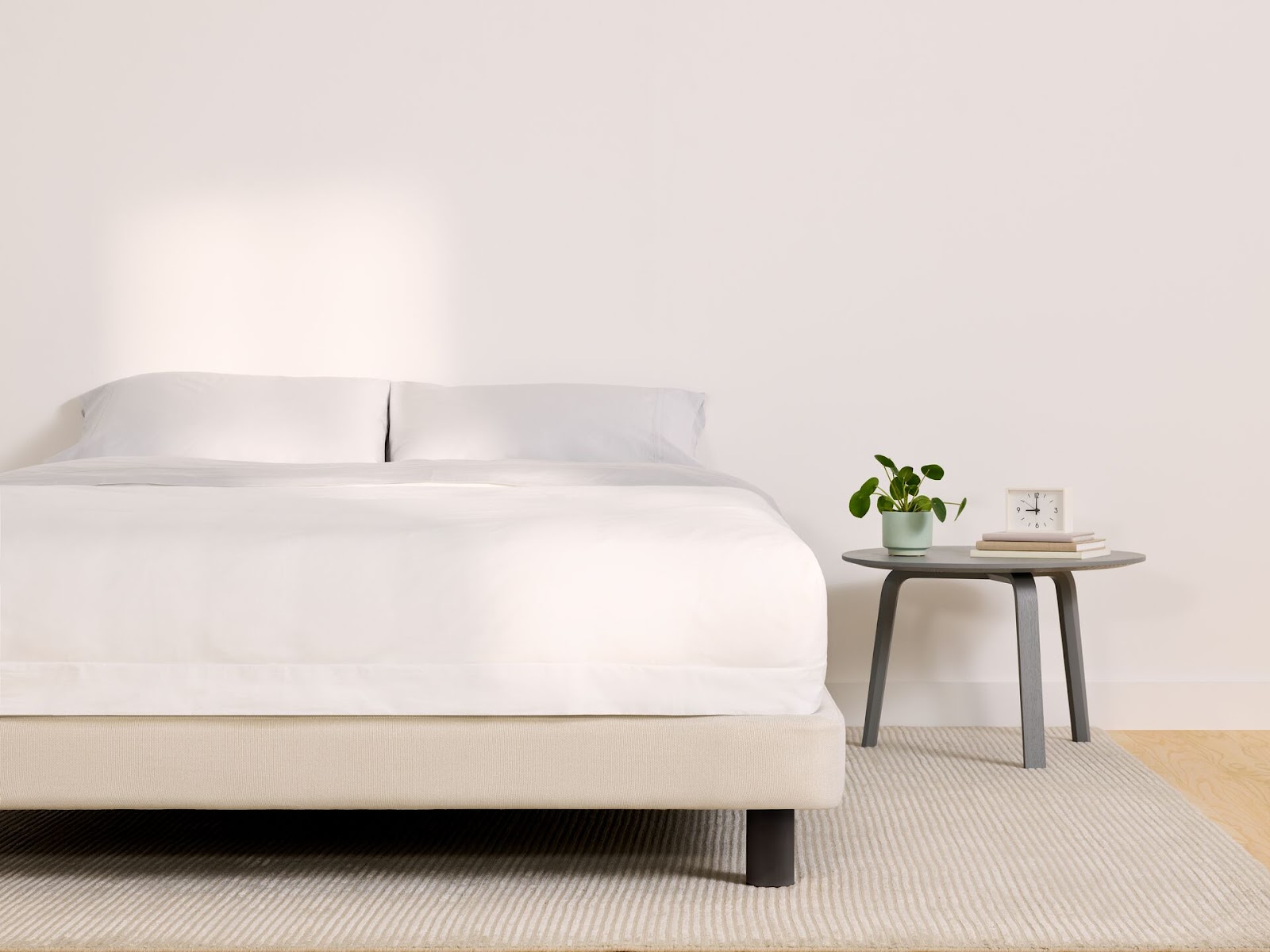
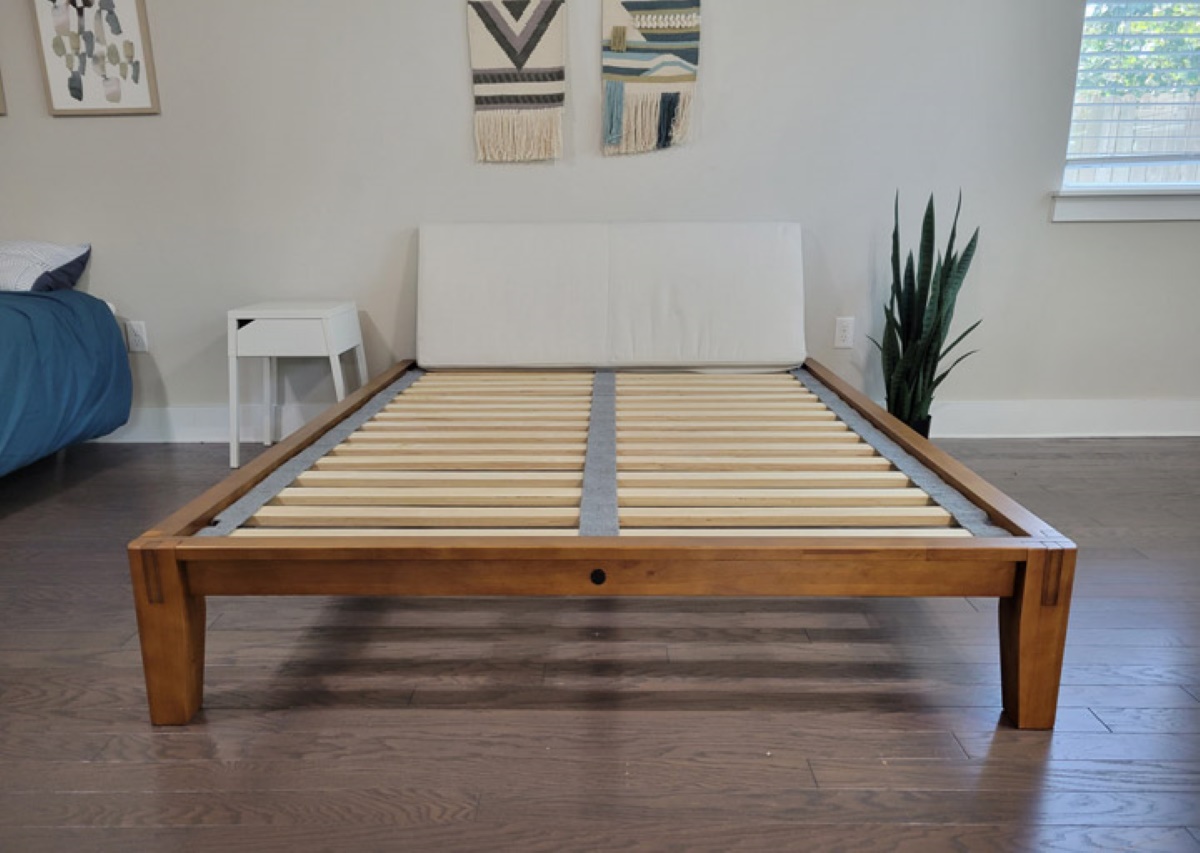
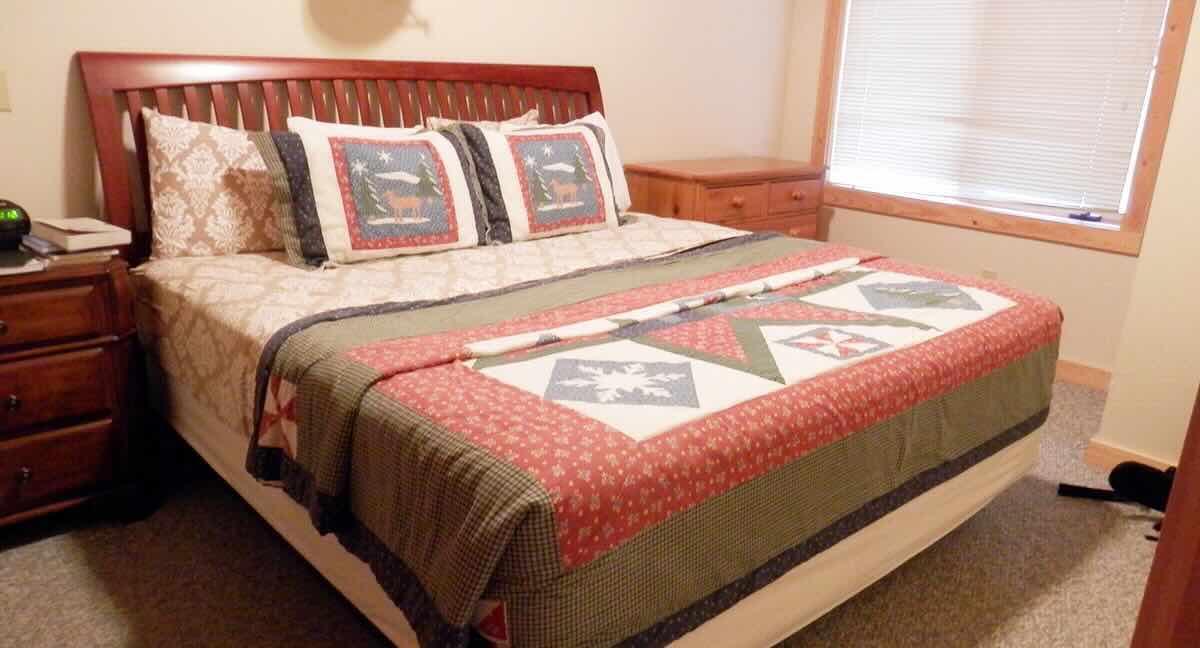
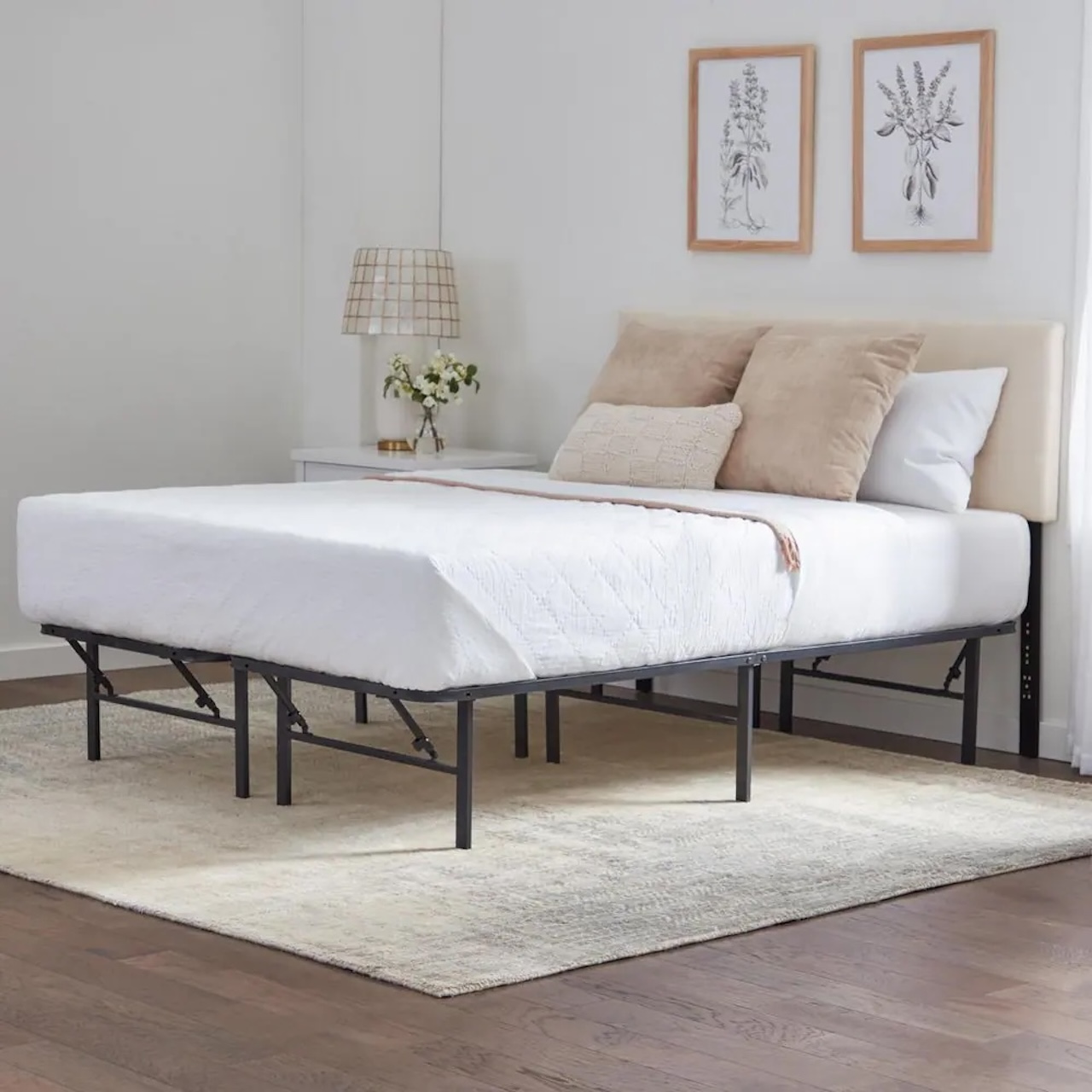
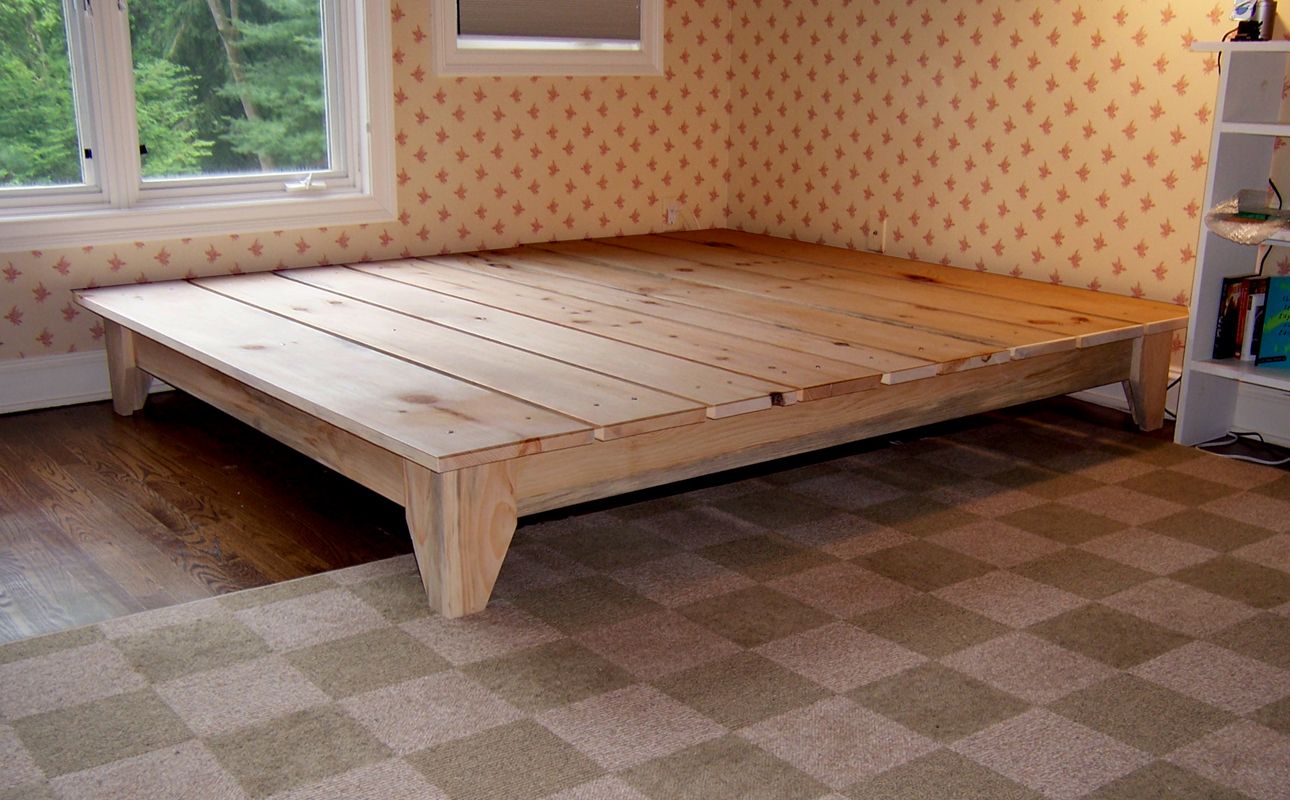
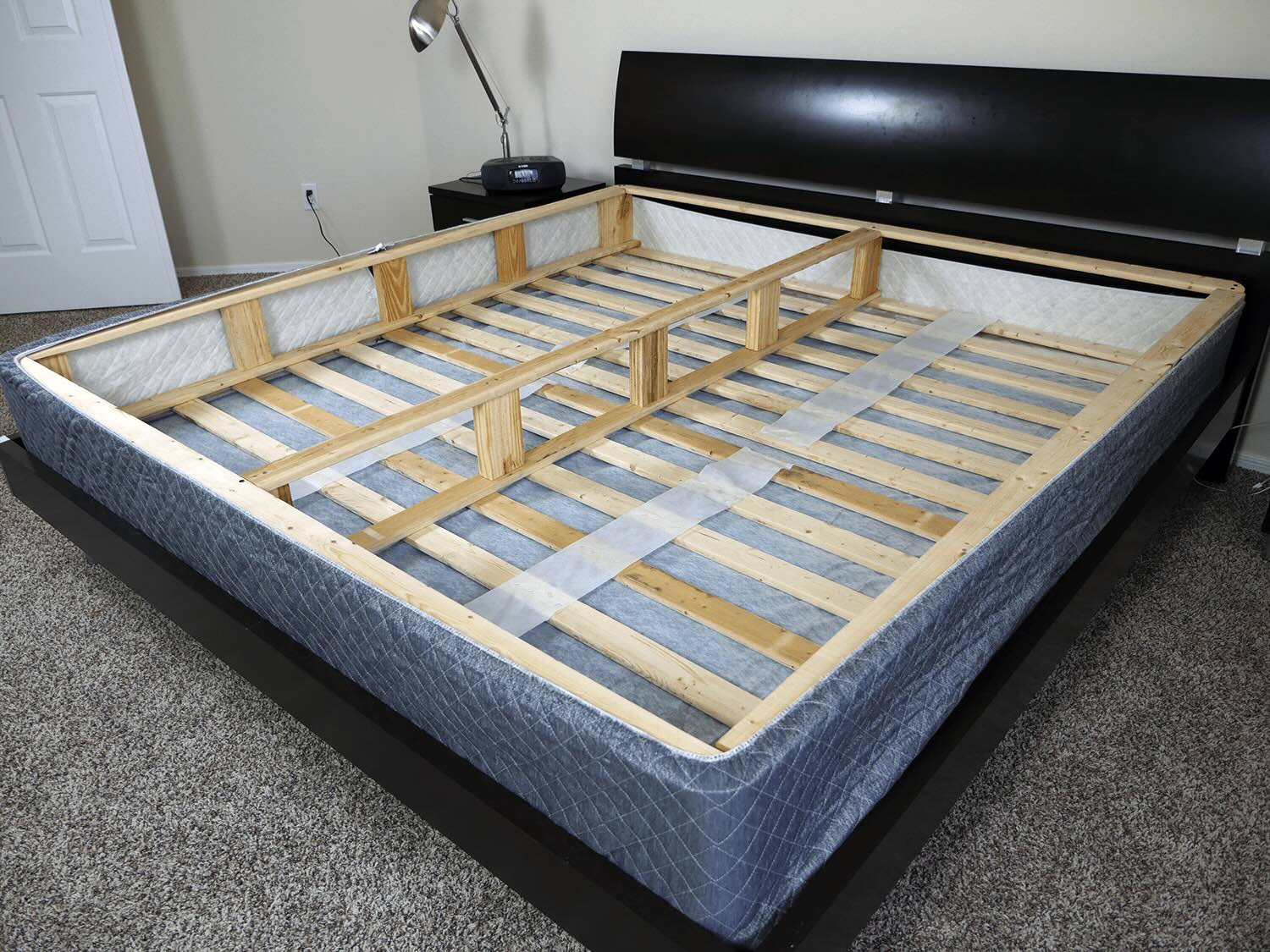
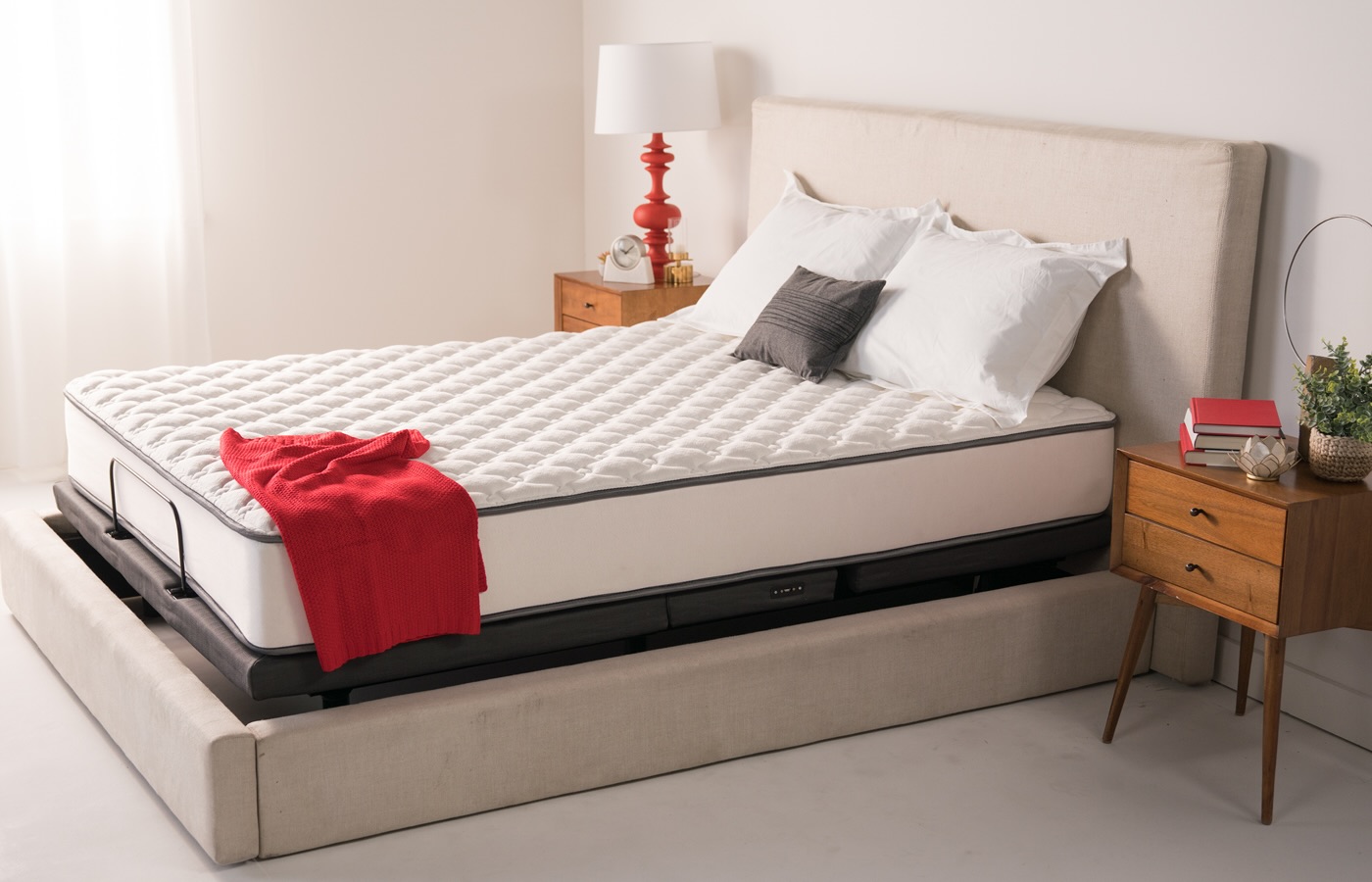
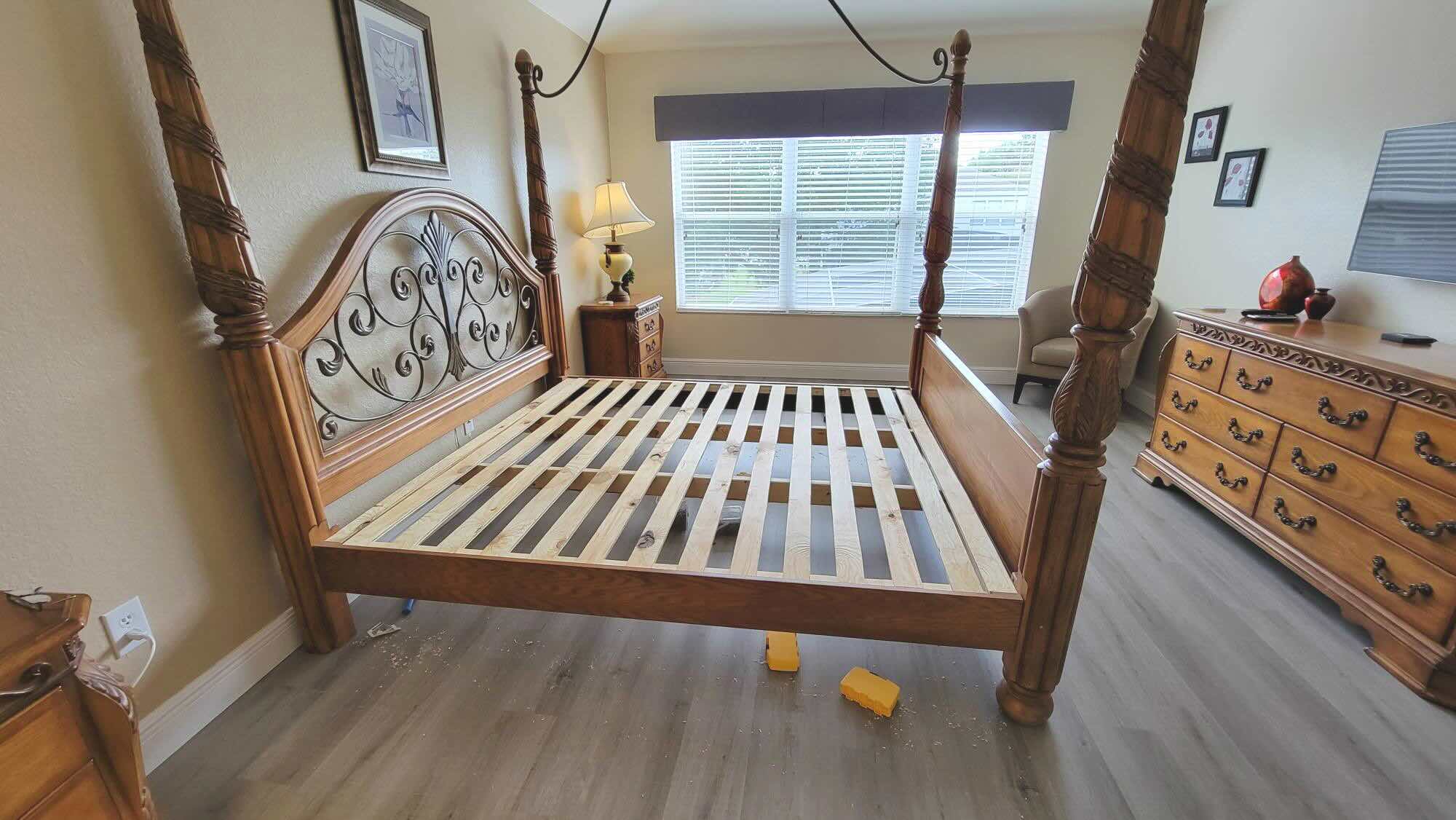
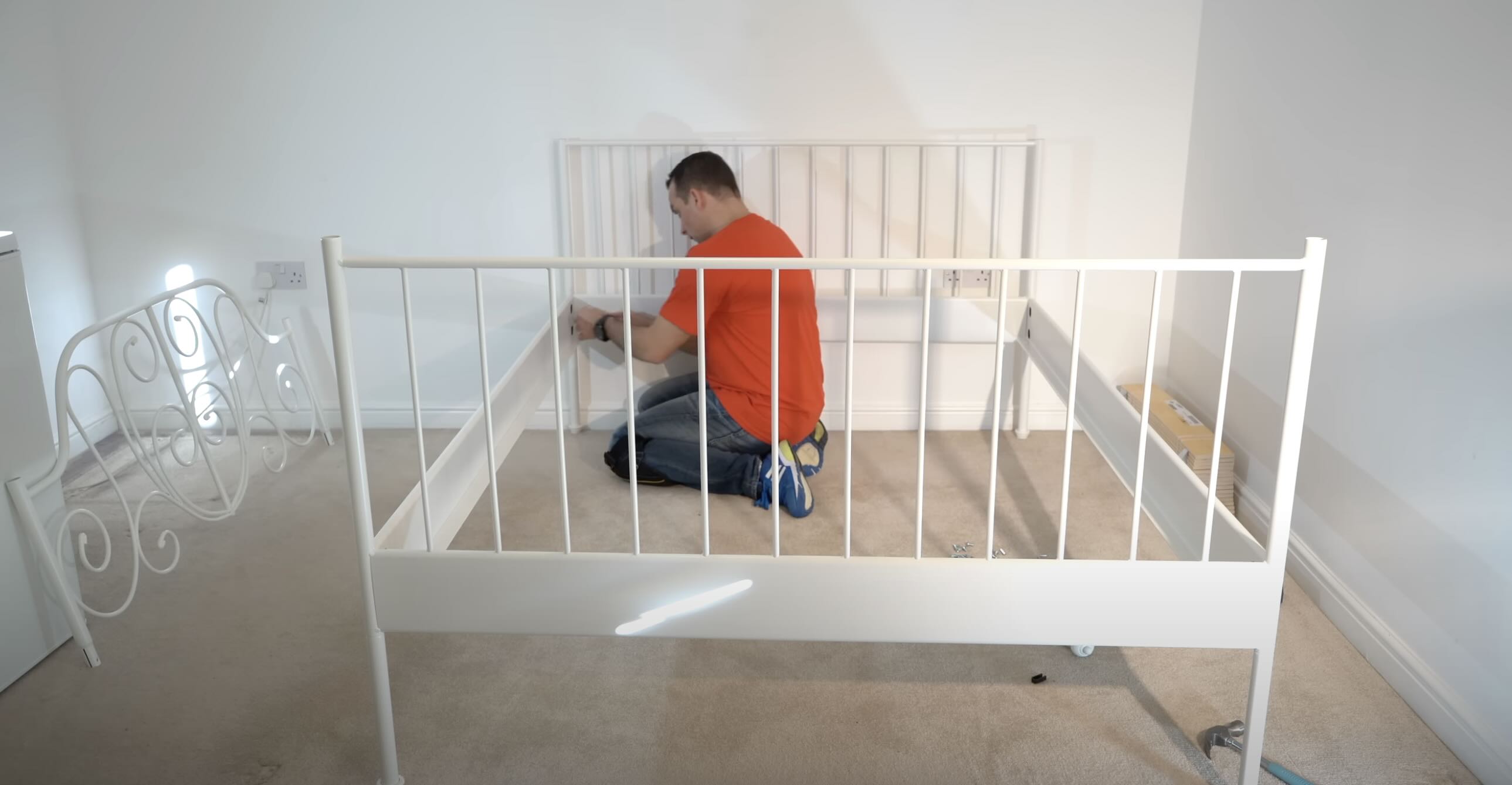

0 thoughts on “How To Upholster A Bed Frame”